Growth in Automotive Applications
The automotive industry is increasingly integrating synthetic latex polymers into various applications, including interior coatings, adhesives, and sealants. This trend is largely attributed to the material's lightweight properties and resistance to environmental factors, which enhance vehicle performance and longevity. In 2025, the synthetic latex polymer market is expected to expand significantly, with automotive applications contributing to an estimated 15% of the overall market share. As manufacturers strive to improve fuel efficiency and reduce emissions, the demand for lightweight materials like synthetic latex polymers is likely to rise. Furthermore, advancements in polymer technology are enabling the development of specialized formulations that cater to the unique requirements of the automotive sector, thereby fostering innovation and competitiveness within the synthetic latex polymer market.
Rising Demand in Construction Sector
The construction sector is experiencing a notable surge in demand for synthetic latex polymers, primarily due to their superior adhesive properties and durability. As infrastructure projects expand, the need for high-performance coatings and sealants becomes increasingly critical. In 2025, the synthetic latex polymer market is projected to witness a growth rate of approximately 5.2%, driven by the rising adoption of eco-friendly materials in construction. This trend aligns with the industry's shift towards sustainable practices, as synthetic latex polymers offer lower volatile organic compound emissions compared to traditional alternatives. Consequently, manufacturers are focusing on developing innovative formulations that meet stringent environmental regulations, thereby enhancing their market position. The construction industry's reliance on synthetic latex polymers for applications such as paints, adhesives, and flooring solutions underscores the material's pivotal role in modern building practices.
Increased Focus on Eco-Friendly Products
The synthetic latex polymer market is witnessing a paradigm shift towards eco-friendly products, driven by consumer preferences for sustainable materials. As environmental awareness grows, manufacturers are compelled to innovate and produce synthetic latex polymers that align with green chemistry principles. In 2025, it is anticipated that the market for eco-friendly synthetic latex polymers will account for a substantial portion of the overall industry, reflecting a growing trend towards sustainability. This shift is further supported by regulatory frameworks that encourage the use of low-emission materials in various applications, including paints, adhesives, and textiles. Consequently, companies are investing in research and development to create bio-based synthetic latex polymers that not only meet performance standards but also minimize environmental impact, thereby enhancing their competitive edge in the synthetic latex polymer market.
Expanding Applications in Textiles and Coatings
The synthetic latex polymer market is experiencing expansion in its applications within textiles and coatings, driven by the need for high-performance materials. In 2025, the textile sector is projected to account for a significant share of the synthetic latex polymer market, as manufacturers increasingly utilize these polymers for fabric coatings and finishes. The versatility of synthetic latex polymers allows for the development of water-resistant, stain-resistant, and durable textiles, catering to consumer demands for quality and longevity. Additionally, the coatings segment is benefiting from the trend towards multifunctional products that offer enhanced protection and aesthetic appeal. As the demand for innovative textile and coating solutions grows, the synthetic latex polymer market is likely to see sustained growth, with companies focusing on developing specialized formulations to meet diverse application needs.
Technological Innovations in Polymer Production
Technological advancements in polymer production are significantly influencing the synthetic latex polymer market. Innovations such as emulsion polymerization and advanced mixing techniques are enhancing the efficiency and quality of synthetic latex polymers. In 2025, the market is expected to benefit from these technological improvements, which may lead to reduced production costs and enhanced product performance. Moreover, the integration of automation and digitalization in manufacturing processes is likely to streamline operations, resulting in faster time-to-market for new products. As companies adopt these technologies, they are better positioned to respond to evolving consumer demands and market trends. This dynamic environment fosters a competitive landscape where innovation is paramount, ultimately driving growth within the synthetic latex polymer market.


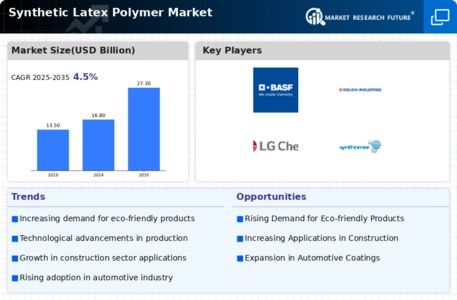
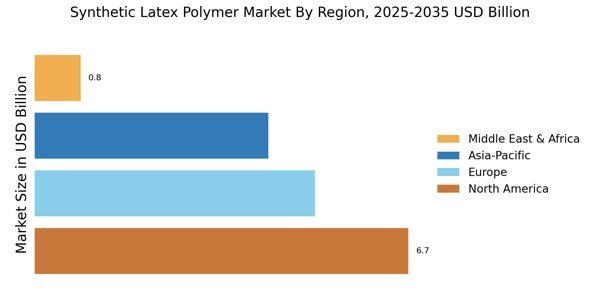

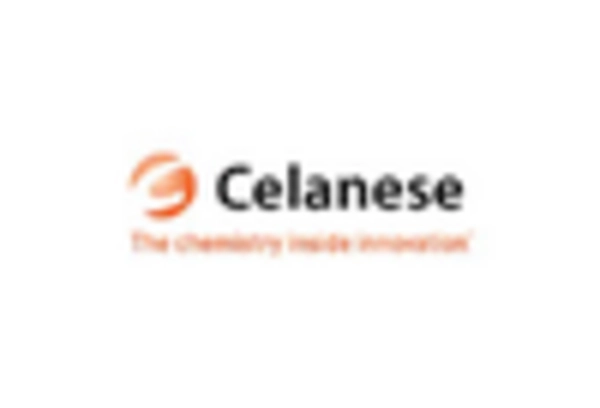
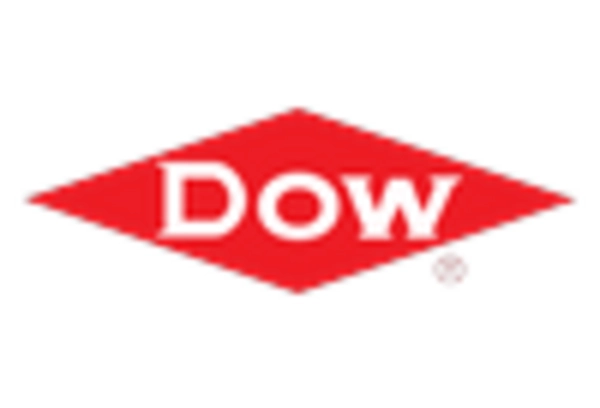
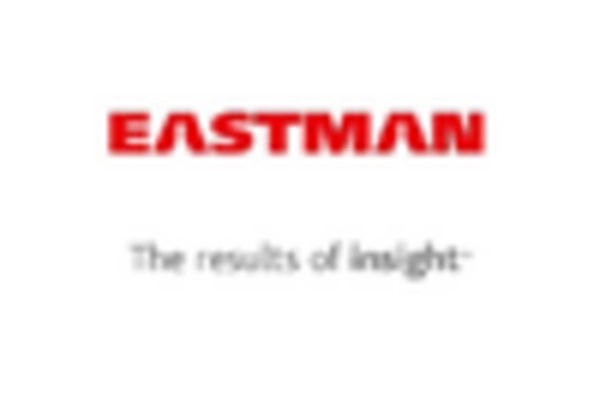

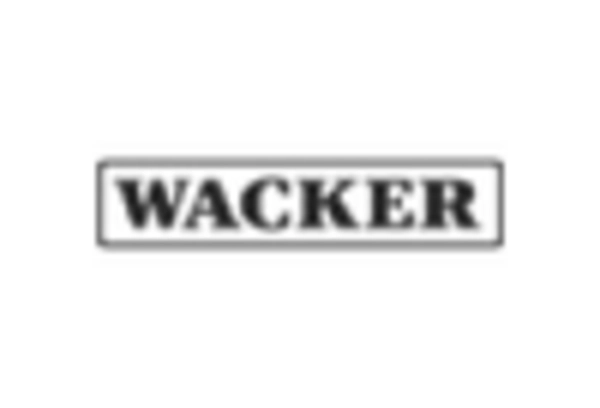








Leave a Comment